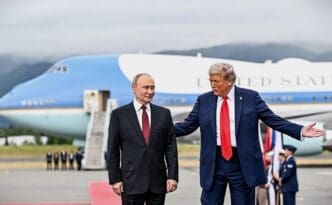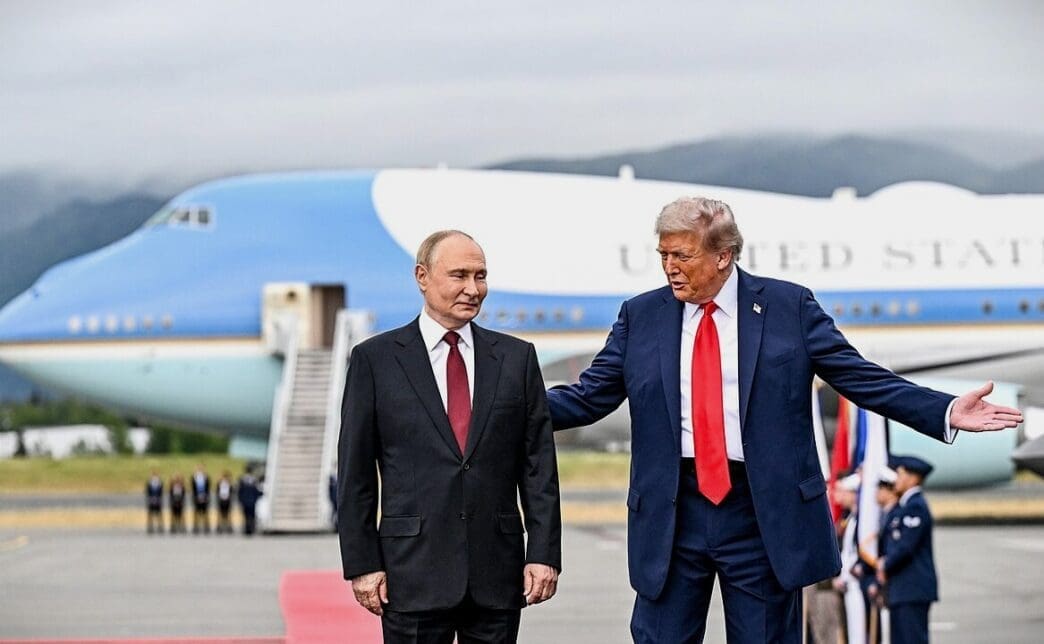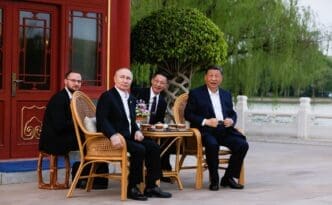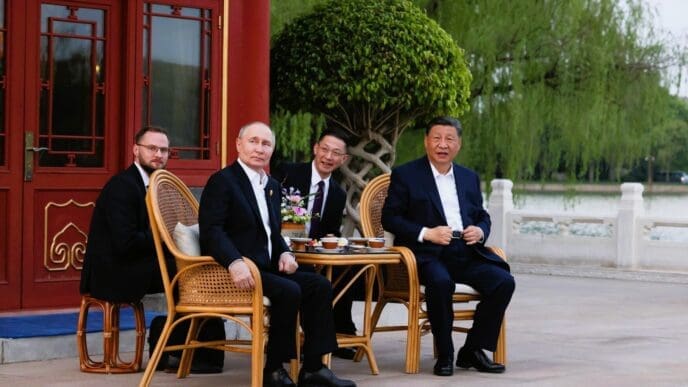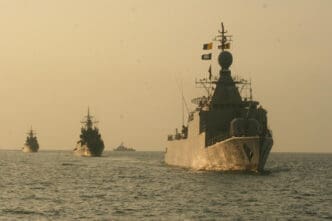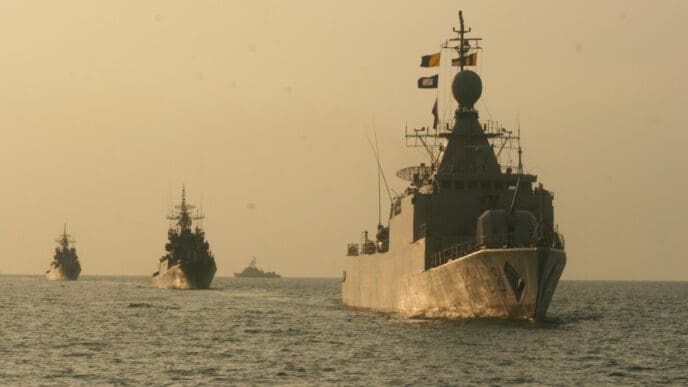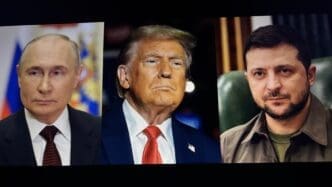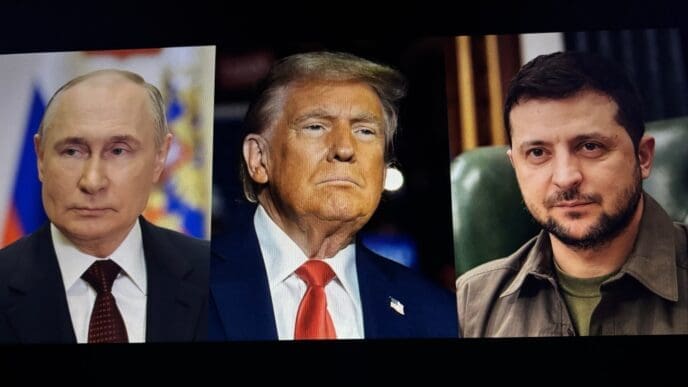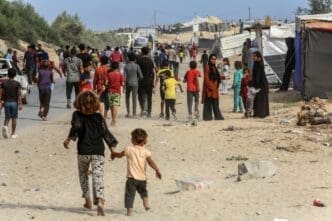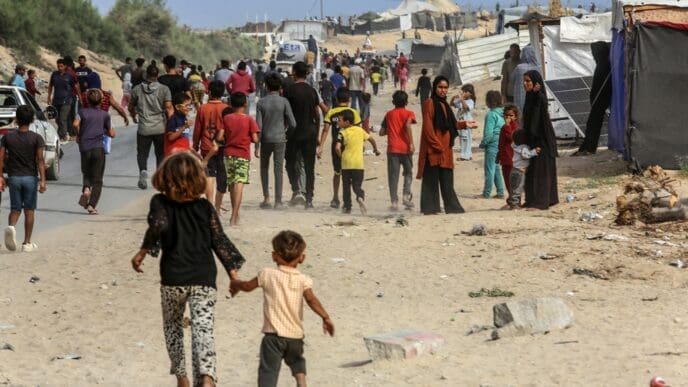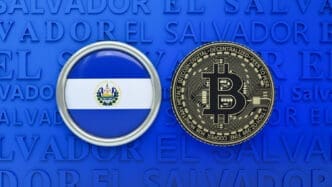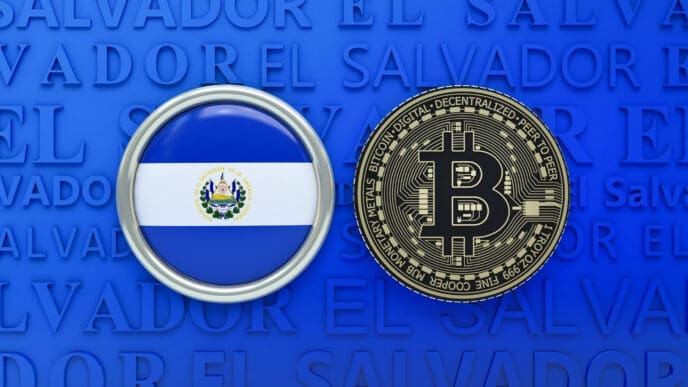Executive Summary
The Story So Far
Why This Matters
Who Thinks What?
Donald Trump and Vladimir Putin have expressed a shared perspective on Europe’s responsibility for the stalled peace efforts in Ukraine. President Trump recently urged European leaders to increase their contributions to the conflict resolution, while Putin cautioned against European interference in his diplomatic initiatives. This alignment comes amidst ongoing discussions about security guarantees for Ukraine, even as direct talks between Russia and Ukraine remain elusive.
Trump’s Demands on Europe
President Trump’s call to European leaders emphasized the need for Europe to do more, despite incremental diplomatic activity originating from transatlantic allies working on post-peace deal security guarantees for Ukraine. This intervention followed his statement to reporters that he intended to speak with Putin again soon to discuss future actions. Trump notably declined to specify whether he would endorse severe direct sanctions on Russia if Putin continued to impede peace efforts.
In his conversations with Ukrainian President Volodymyr Zelensky and other European leaders, President Trump’s message significantly faulted Europe more than Russia. He underscored the necessity for Europe to cease purchasing Russian oil and to exert economic pressure on China for its alleged funding of Russia’s war machine. The provided analysis suggests that President Trump’s pressure on Europe exhibits illogical and hypocritical elements, given his demands for European action without imposing similar sanctions on China himself.
Russia’s Stance and Strategy
Russia, for its part, is intensifying efforts to create divisions among NATO allies, aiming to create strategic space for its forces to gain ground. Putin explicitly warned Europe against “throwing a wrench in the works” of his diplomacy with President Trump. There were also suspicions that Russia targeted a plane carrying Ursula von der Leyen with GPS navigation jamming, a claim Moscow dismissed as “fake” and a symptom of European “paranoia.”
Russian Foreign Ministry spokeswoman Maria Zakharova stated that Russia considers the deployment of foreign troops to Ukraine as part of a peace deal “unacceptable.” Furthermore, there is no indication of a meeting between Putin and Zelensky, with Putin’s offer of talks in Moscow perceived by some as an obstruction. President Trump, who had previously suggested a third-party role, has reportedly reverted to the Russian position of advocating for a one-on-one meeting first, a scenario that Ukraine’s allies fear could lead to a confrontation orchestrated by Putin.
Security Guarantees and Diplomatic Movement
Despite the broader diplomatic stagnation, some progress has been made regarding security guarantees for Ukraine, though these are largely conditional on a stalled Trump peace initiative. Following a call involving President Trump, President Zelensky, and members of the “Coalition of the Willing,” 26 countries pledged contributions to a potential peacekeeping force, contingent on the finalization of a ceasefire deal.
French President Emmanuel Macron suggested that a critical third component of Ukraine’s security guarantees should be an American safety net. The United States has indicated to its allies that it is open to playing a limited role in providing these security assurances. This development highlights the ongoing, complex efforts to establish a framework for Ukraine’s long-term stability amidst the current geopolitical landscape.

